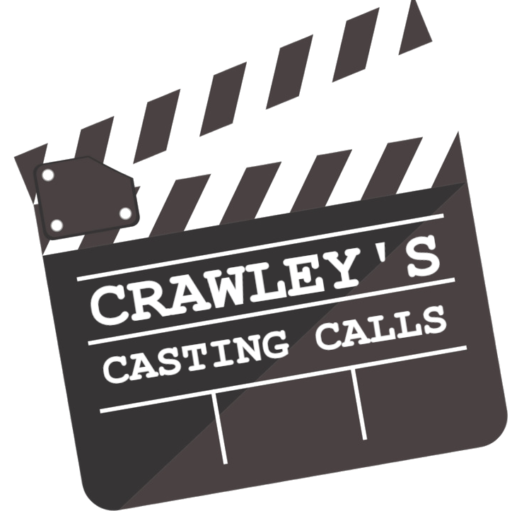- Johnny Weissmuller, Tarzan The Ape Man, 1931.
- George Brent, The Painted Veil, 1933. W Somerset Maugham made deadly dull. Even with Garbo. (That was her billing, no Greta). Foster was dropped for not being English enough (he came from New Jersey!) as her diplomat lover in old Hong Kong. Brent was no better. Of course not, he was Irish.
- William Gargan, Four Frightened People, 1933. Seeking an overly macho hero type, director Cecil B DeMille scannned Foster and Gordon Westcott before deciding on Gargan to join four passengers, two per sex, escaping by lifeboat from a coastal steamer riddled witfh bubonic plague and land on a tropical isle full of jungle, wild animals, angry natives and… cholera! CB DeMille directed with tongue as firmly in cheek as Claudette Colbert held giant jungle leaves to hide her nudity (more real than suggested) during a signature CBath. Al fresco, this once
- Onslow Stevens, Flight From Glory, 1937. Ellis, the greedy owner of Argentine air service using banned US pilots, was first headed Foster’s way. But Stevens flew – and death-crashes – opposite hero Chester Morris in a very much OK B from director Lew Landers.
- Vincent Price, Brighgam Young, 1939. Casting suggestions of head Fox Darryl Zanuck were not always followed – or possible. And so Price, not Foster, became Mormon leader Joseph Smith, assassinated by a Illinois mob in 1844.
- Gary Cooper, North West Mounted Police, 1939. Cecil B DeMille’s first Technicolor film was without a hero during six months of pre-production. First choices Preston Foster, Joel McCrea, Fredric March and John Wayne were lost to other movies. Cary disliked the script. So, Coop became the Texas Ranger working with the Mounties after swopping roles to allow Joel McCrea (aka “the poor man’s Gary Cooper”) to head Alfred Hitchcock’s Foreign Correspondent.
- Lloyd Nolan, Buy Me That Town, 1940. Nolan was far better suited to Damon Runyon’s bright ex-hood discovering that Middle Village is unincorporated and outside of Federal, State and City laws – and therefore, a safe haven for for crooks… who can afford it.
- George Brent, International Lady, 1940. Change of G-man he-man for Hollywood’s greatly wasted Hungarian star singer import, Illona Massey. Brent was no toughie. The working title had more clout: G-Man vs. Scotland Yard.
- Richard Dix, Tombstone: The Town Too Tough To Die, 1941. Foster passed Wyatt Earp and the – briefest – gunfight at the OK corral to a too old Dix. Whole enterprise lasted a mere 79 minutes. Kent Taylor was Doc Holliday and the New York Times praised it as “another lickety-split yarn of frontier laws vs. the bad hombres.”
- Roy Roberts, Guadalcanal Diary, 1943. In the opening Press release from Fox – dated April 2, 1943 – Foster was Captain James Cross. By the time, Lewis Seiler started directing the WWII classic, Foster was Father Donnelly.
- Dana Andrews,Wing and a Prayer, 1943. Or Torpedo Squadron 8when Andrews succeeded Foster as Lieutenant Commander Edward Moulton. Hardnosed director Henry Hathaway short 50,000 ft of film aboard the USS Yorktown II flat-top (aircraft carrier) and also used real WWII combat footage. Yet the finished film was a wholly fictional account of the 1942 Battle of Midway… when all but one of the Squadron 8 “flyboys” were killed.
- John Ireland, I Shot Jesse James, 1948. For his directing debut (first film ever seen by Martin Scorsese), Samuel Fuller wanted Ireland for Jesse’s killer, Bob Ford. Sam’s producer Robert L Lippert wanted a star – and nominated Foster. Fuller disagreed.Ireland had the face he wanted (he’d seen him in Howard Hawks’ Red River). Sam got his way – andFoster got another role in the the first Western showing Jesse James as a psychopathic murderer…until Sammy did (in his usual capitals) what “SHOULDA HAVE BEEN DONE quite a bit earlier in the life of Jesse Woodson James.”
Birth year: 1900Death year: 1970Other name: Casting Calls: 12
